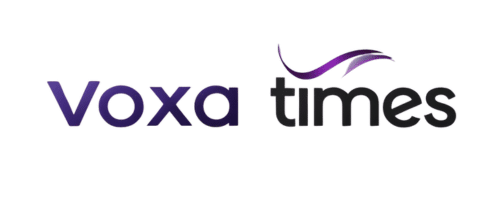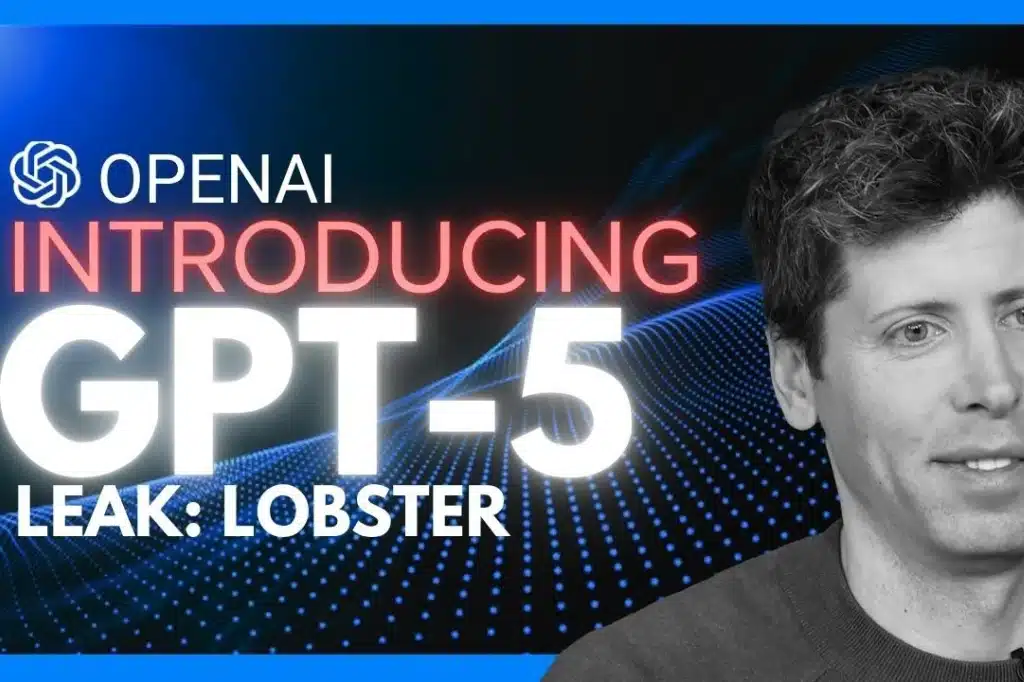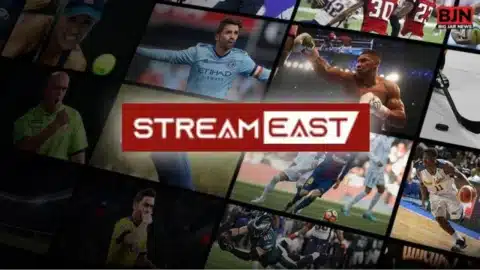What if AI didn’t just assist with coding—but mastered it?
OpenAI’s newest release under its GPT-5 umbrella, nicknamed “Lobster,” is creating buzz across the tech landscape. More than just another model, Lobster is a purpose-built coding assistant that combines exceptional precision, powerful reasoning, and free access—a rare trio that positions it ahead of rivals like Claude 4 and Gemini.
What Makes GPT-5 Lobster Different?
GPT-5 Lobster is not your average chatbot or language model. It’s a specialized coding variant, engineered to handle real-world development tasks with minimal user input. Whether you’re rewriting legacy systems, managing complex dependencies, or designing simulation-heavy applications, Lobster delivers one-shot solutions that are accurate, scalable, and production-ready.
Core Capabilities Include:
- Refactoring outdated code for better performance and maintainability
- Building fully functional applications with dynamic features like animations and simulations
- Managing software dependencies in large-scale projects without user micromanagement
- Solving complex technical challenges through advanced logical reasoning
This means developers can spend less time on repetitive tasks and more on creative innovation.
Real Engineering Use Cases
While Lobster shines as a coding powerhouse, its application scope goes much deeper. Thanks to its robust reasoning and analytical skills, it is now being tested in fields such as:
- Robotics engineering – solving logic-based challenges and control systems
- Machine learning workflows – automating model pipeline creation and evaluation
- Data science – generating code for advanced data wrangling, visualizations, and predictions
- UI/UX development – crafting user interfaces with real-time adaptability based on input constraints
These diverse use cases suggest that GPT-5 Lobster isn’t just another productivity tool—it’s reshaping how entire industries approach software development and design.
A Closer Look at OpenAI’s Strategy
To ensure optimal usability and performance, OpenAI is testing GPT-5 variants like Lobster on its internal LM Marina platform. This setup allows the team to gather large-scale feedback and fine-tune capabilities in real-world scenarios before wider release.
Access Model in Development:
OpenAI is reportedly working on a tiered access system for GPT-5, including:
- General public (free tier) with access to core features
- Developers and tech enthusiasts for expanded programming utilities
- Enterprise users with deep integration and automation toolkits
This democratized access approach is a strategic step, enabling broad usage while ensuring scalability and control across user groups.
Why Lobster Could Lead the Next AI Development Wave
GPT-5 Lobster stands out for two simple reasons:
It’s free and it works brilliantly. That’s a rare combo in the AI world.
Unlike other models that either lock advanced features behind paywalls or lack real-world coding value, Lobster is an all-rounder that delivers power, accessibility, and efficiency in one package. It minimizes input requirements while maximizing coding output, making it ideal for solo developers, startup teams, and even corporate engineers.
If you’re a developer looking for a cutting-edge assistant—or a business exploring AI integration—Lobster could be the bridge between your vision and execution.
Final Thoughts
As AI evolves, tools like GPT-5 Lobster signal a major leap forward in developer productivity and cross-domain problem-solving. Whether you’re building the next-gen app or tackling robotic control systems, OpenAI’s free Lobster model offers a fresh and powerful way to work smarter.
The future of AI-enhanced coding isn’t just coming—it’s here, and it’s free.







